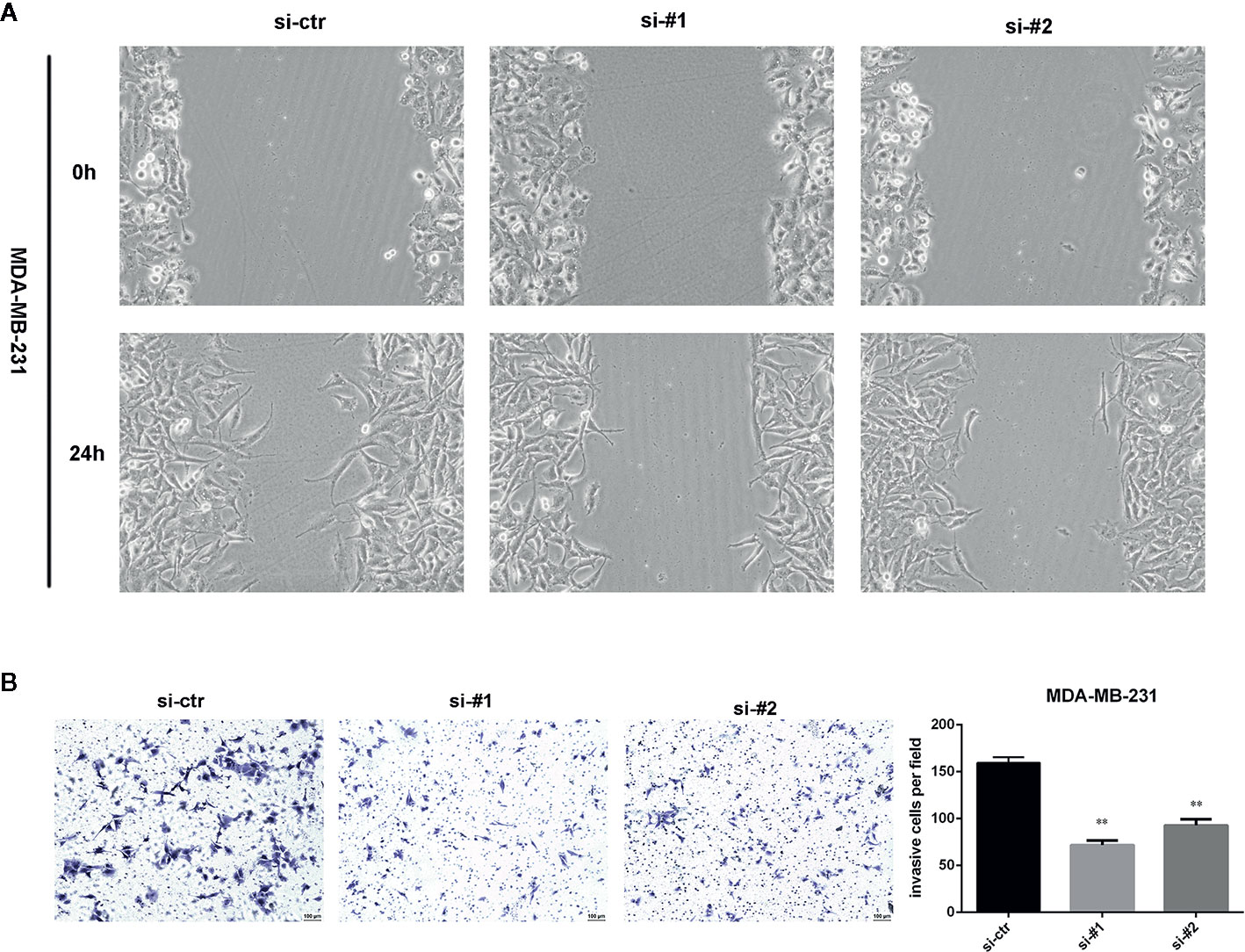
94% of researchers rate our articles as excellent or good
Learn more about the work of our research integrity team to safeguard the quality of each article we publish.
Find out more
CORRECTION article
Front. Pharmacol. , 20 July 2020
Sec. Pharmacology of Anti-Cancer Drugs
Volume 11 - 2020 | https://doi.org/10.3389/fphar.2020.01107
This article is a correction to:
AFAP1-AS1 Promotes Epithelial-Mesenchymal Transition and Tumorigenesis Through Wnt/β-Catenin Signaling Pathway in Triple-Negative Breast Cancer
 Kaiming Zhang1†
Kaiming Zhang1† Peng Liu1†
Peng Liu1† Hailin Tang1†
Hailin Tang1† Xiaoming Xie1
Xiaoming Xie1 Yanan Kong1
Yanan Kong1 Cailu Song1
Cailu Song1 Xingsheng Qiu2*
Xingsheng Qiu2* Xiangsheng Xiao1*
Xiangsheng Xiao1*A Corrigendum On
AFAP1-AS1 Promotes Epithelial-Mesenchymal Transition and Tumorigenesis Through Wnt/β-Catenin Signaling Pathway in Triple-Negative Breast Cancer
by Zhang K, Liu P, Tang H, Xie X, Kong Y, Song C, Qiu X, Xiao X (2018). Front. Pharmacol. 9:1248. doi: 10.3389/fphar.2018.01248
In the original article, there was a mistake in the legend for Figure 4 as published. We performed Wound-healing assay and Transwell invasion assay using MDA-MB-231 cells, but we made a mistake statement that using MDA-MB-231 and BT-549 cells. The correct legend appears below.
“AFAP1-AS1 knockdown inhibited cell invasion and migration. (A) Wound-healing assay was used to measure cell migration. These pictures show that cell migration of TNBC cells was significantly inhibited in AFAP1-AS1 knockdown groups. (B) Transwell invasion assay was used to measure cell invasion of MDA-MB-231 cells transfected with siRNA-ctr, siRNA#1, or siRNA#2 (**P < 0.01). The representative data from three independent experiments are shown”.
In the original article, there was a mistake in Figure 4 as published. We performed Wound-healing assay and Transwell invasion assay using MDA-MB-231 cells. Due to our mistake, the photographs of Wound-healing assay in MDA-MB-231 cells were mistaken for the photographs of BT-549 cells and uploaded to Figure 4. The corrected Figure 4 appears below.
In the original article, there was a mistake in Figure 6 as published. Due to our mistake, the IHC images of snail which were photographed in repeated experiments were mistakenly uploaded as the IHC images of β-catenin in the si-ctr group. The corrected Figure 6 appears below.
The authors apologize for these errors and state that this does not change the scientific conclusions of the article in any way. The original article has been updated.

Figure 4 AFAP1-AS1 knockdown inhibited cell invasion and migration. (A) Wound-healing assay was used to measure cell migration. These pictures show that cell migration of TNBC cells was significantly inhibited in AFAP1-AS1 knockdown groups. (B) Transwell invasion assay was used to measure cell invasion of MDA-MB-231 cells transfected with siRNA-ctr, siRNA#1, or siRNA#2 (**P < 0.01). The representative data from three independent experiments are shown.
Keywords: long non-coding RNA, AFAP1-AS1, triple-negative breast cancer, tumorigenesis, Wnt/b-catenin signaling pathway, epithelial-mesenchymal transition
Citation: Zhang K, Liu P, Tang H, Xie X, Kong Y, Song C, Qiu X and Xiao X (2020) Corrigendum: AFAP1-AS1 Promotes Epithelial-Mesenchymal Transition and Tumorigenesis Through Wnt/β-Catenin Signaling Pathway in Triple-Negative Breast Cancer. Front. Pharmacol. 11:1107. doi: 10.3389/fphar.2020.01107
Received: 02 February 2020; Accepted: 07 July 2020;
Published: 20 July 2020.
Edited and reviewed by: Giuseppe Giaccone, Weill Cornell Medicine, United States
Copyright © 2020 Zhang, Liu, Tang, Xie, Kong, Song, Qiu and Xiao. This is an open-access article distributed under the terms of the Creative Commons Attribution License (CC BY). The use, distribution or reproduction in other forums is permitted, provided the original author(s) and the copyright owner(s) are credited and that the original publication in this journal is cited, in accordance with accepted academic practice. No use, distribution or reproduction is permitted which does not comply with these terms.
*Correspondence: Xingsheng Qiu, cXhzaHNzQDEyNi5jb20=; Xiangsheng Xiao, eGlhb3hzaEBzeXN1Y2Mub3JnLmNu
†These authors have contributed equally to this work
Disclaimer: All claims expressed in this article are solely those of the authors and do not necessarily represent those of their affiliated organizations, or those of the publisher, the editors and the reviewers. Any product that may be evaluated in this article or claim that may be made by its manufacturer is not guaranteed or endorsed by the publisher.
Research integrity at Frontiers

Learn more about the work of our research integrity team to safeguard the quality of each article we publish.